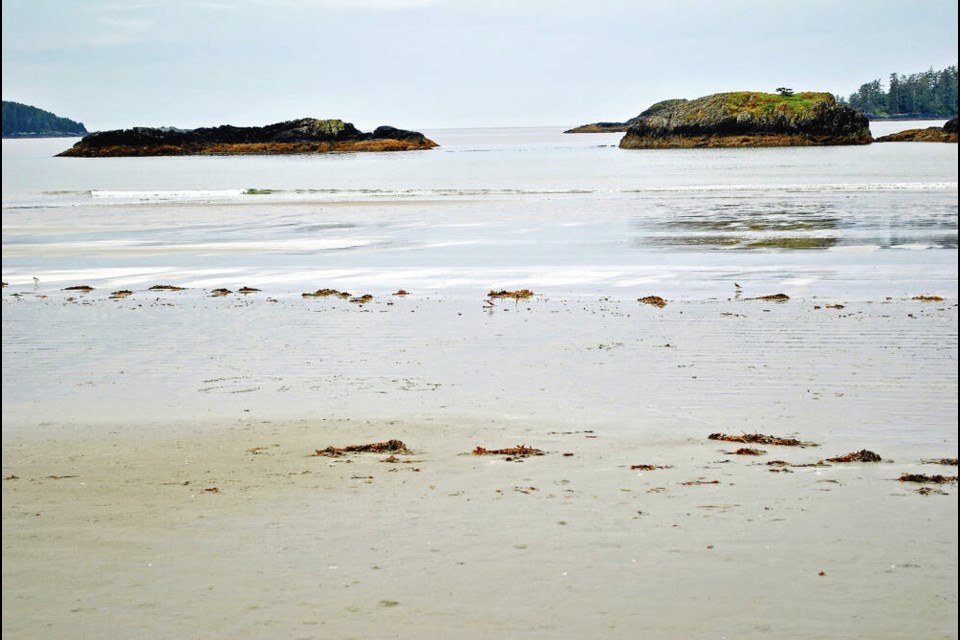A Tofino-area First Nation wants popular Mackenzie Beach to return to its Indigenous name: Tinwis.
In the language of the Tla-o-qui-aht Nation, “tin” means “calm” and “wis” means “beach.” Together, they mean “calm waters.”
A change.org petition calling on the B.C. government to recognize Tinwis as the official name has gathered more than 1,600 signatures.
“Our goal is to see 5,000 signatures,” Tla-o-qui-aht natural-resources manager Saya Masso said. “We hope to create a little bit of a stir and keep seeing progress.”
The issue will be on the agenda for the Tofino council meeting on Tuesday, following a request by several councillors.
“We’re looking forward to discussing it at the council table,” said Coun. Kat Thomas.
According to the book Tofino and Clayoquot Sound, the beach was named for Vimy Ridge veteran Donald Mackenzie, who became keeper of the region’s Lennard Island lighthouse in the mid-1920s before buying 400 metres of the beach’s shoreline in 1929 for $250.
Among those who have signed the petition is Tofino resident Katelynn McCormick, who said Indigenous names should be honoured “not just for Tin-Wis but for all of Tofino and beyond.”
Masso said the Tla-o-qui-aht name for the beach came from their knowledge of the “the waters, the place, what is at the site.”
The District of Tofino website describes the beach as “sheltered from the wind by large tidal rocks producing calm waters and smaller waves.”
Masso said the Tla-o-qui-aht Nation has operated the Tin Wis Best Western resort at the beach since the 1980s, popularizing the name. “At least for us and a lot of people in the region, that’s a hallmark hotel,” he said. “So people have bandied the word ‘tinwis’ around for a long time.”
The resort sits on a former residential school site that was repurposed by the nation, said Masso, adding the resort’s restaurant was known for a time as the Calm Waters Restaurant.
The nation wants to learn how the renaming process works “and create a team of contacts that can work on other locations,” Masso said. “There are lakes, rivers, islands and marine channels,” he said. “There’s a myriad of place names that we would like to restore.”
The name-change process begins with a submission to the B.C. Geographical Names Office, after which the office invites affected municipalities, regional districts and First Nations to comment — with input usually gathered over the course of nine months to a year.
“Place names reflect the cultural history and heritage values of the people living in an area,” the Ministry of Tourism, Arts, Culture and Sport said in a statement. “Over time, some place names may no longer represent a community’s values and name changes may be necessary.”
Recognizing and restoring Indigenous places is part of the province’s commitment to truth and reconciliation, the ministry said.
In the capital region, Mount Douglas Park was officially renamed in 2022 to the SENĆOŦEN word PKOLS, meaning “white rock.”



